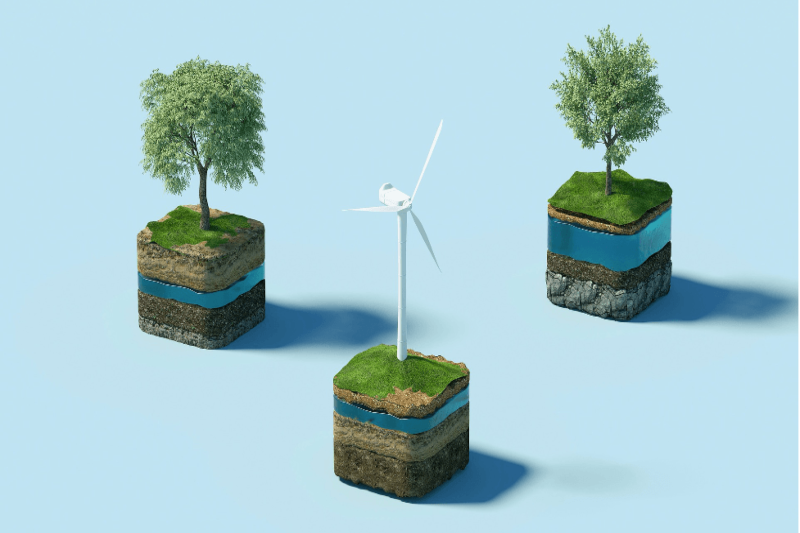
The EU Commission green challenge: zero emissions by 2050
The European Commission has outlined a highly ambitious package of climate measures. The goal is to reduce greenhouse gas emissions by at least 55% by 2030 compared to 1990 levels and “zero emissions” by 2050. The “Fit for 55” actions affect various areas. First, there is no lack of tax leverage, with the provision of a minimum tax on polluting fuels for aviation and, above all, the introduction of the Carbon Border Adjustment Mechanism (CBAM). That is a new tariff on heavy industry imports that do not meet European standards of climate protection. The latest is also the most controversial and debated measure, not so much in principle as in the methods of implementation chosen.
Taxing the volumes of CO2 emissions is a nuisance for the financial statements of many large companies, but it is now necessary and can no longer be postponed. If anything, the reflection can be shifted to the most appropriate model of levy to be applied so that it is not “punitive” but “constructive” towards the companies involved. Furthermore, a surcharge on imports that do not meet the climate standards set by the EU will annoy the main trading partners. However, introducing a new form of taxation on polluting business models, goods and products is the right thing to do.
Against this backdrop, the European Union wanted to demonstrate how serious the fight against climate change is. The EU has decided that if it is to be bold and force companies to reduce emissions rapidly, it must protect them from competitors who choose to forego this forcing. So, it is refining a new form of taxation, dubbed the Carbon Border Adjustment Mechanism, to ensure that European businesses are not put at a competitive disadvantage.
Related Posts
In essence, the EU will set a carbon price for imports of certain products to ensure that ambitious climate action in Europe does not lead to carbon leakage. That will ensure that European emission reductions contribute to a global drop in emissions and prevent carbon-intensive production from moving out of Europe.
This mechanism also aims to encourage non-EU industry and our international partners to take steps in the same direction. In particular, according to the plan, importers will have to pay a surcharge based on the carbon content of their products to reflect the emissions trading costs that a European producer would have to face if it polluted in the same quantity.
The mechanism will be phased in and applied to only a few sectors: iron, steel, cement, aluminium, fertilizers, and electricity imports. But, of course, trading partners will inevitably see it as a protectionist measure that unfairly penalizes their exports. For example, Russia, China, and Turkey are among the countries that have the most to lose. That threatens to exacerbate pre-existing trade tensions, potentially unfairly penalizing the poorest countries.




